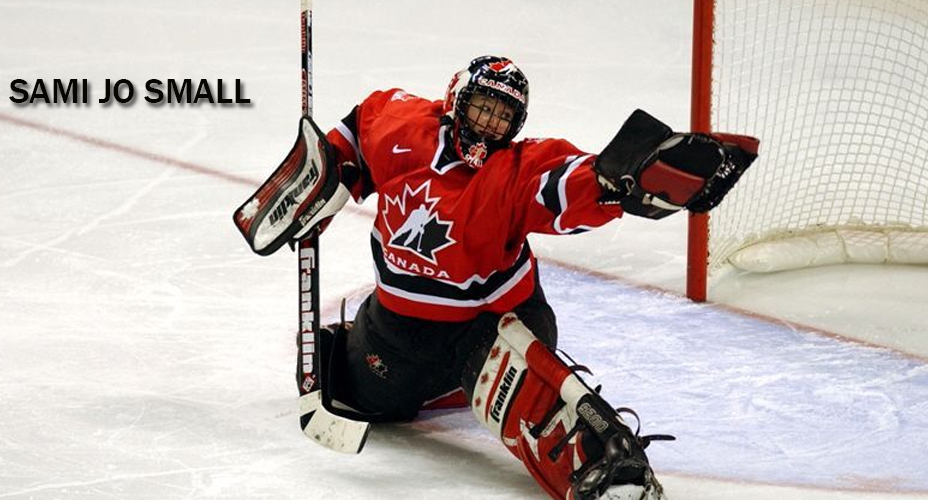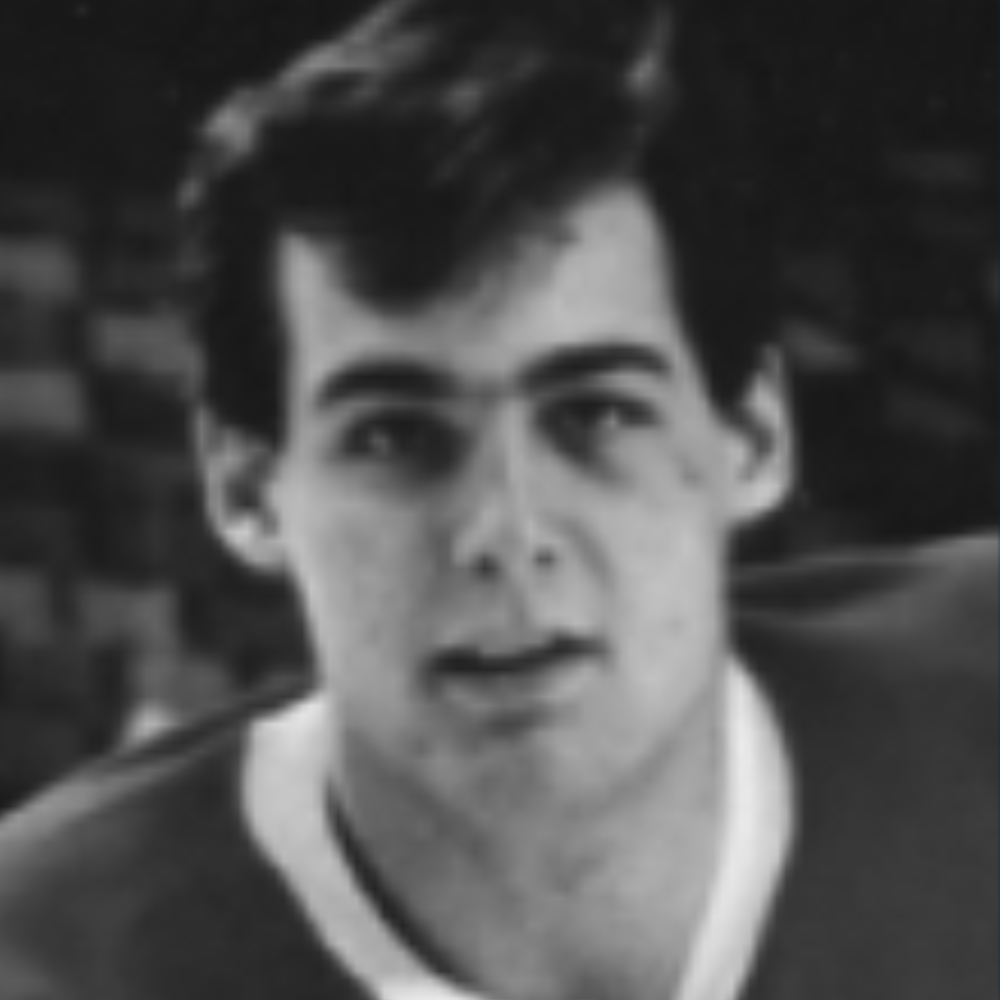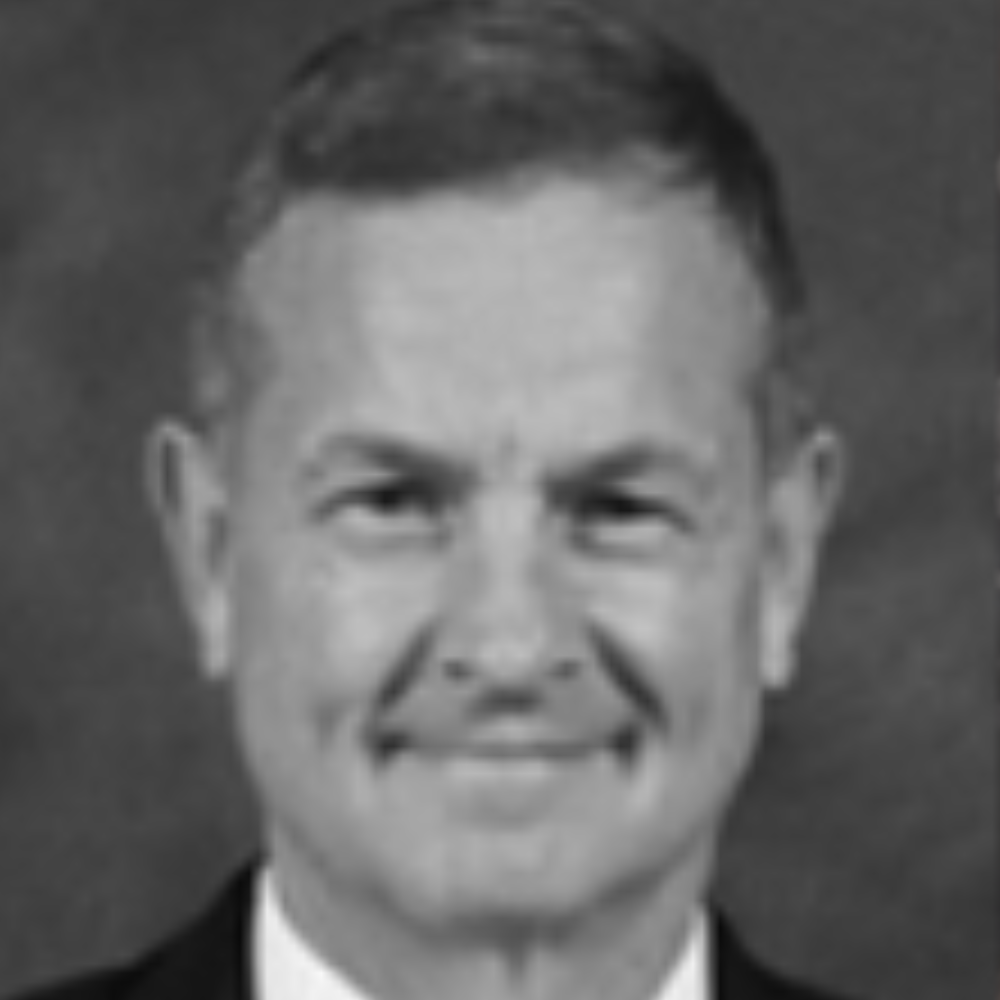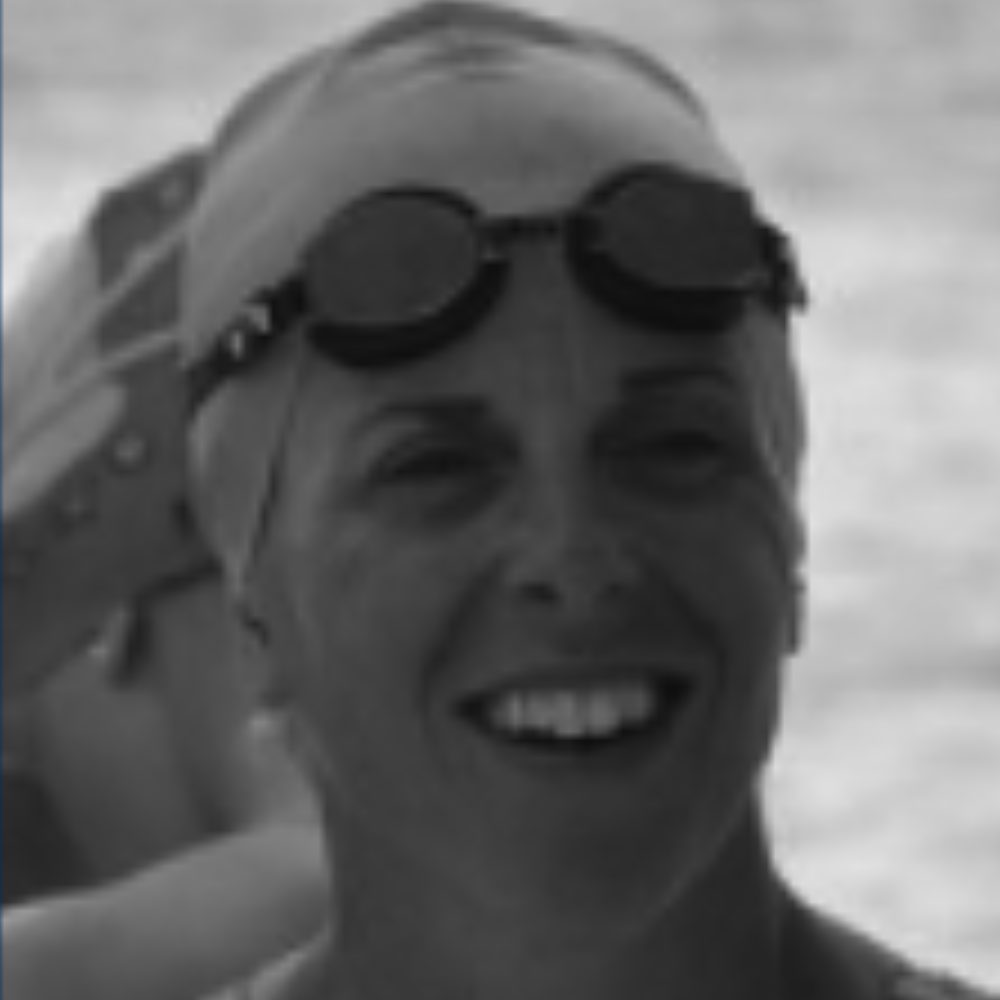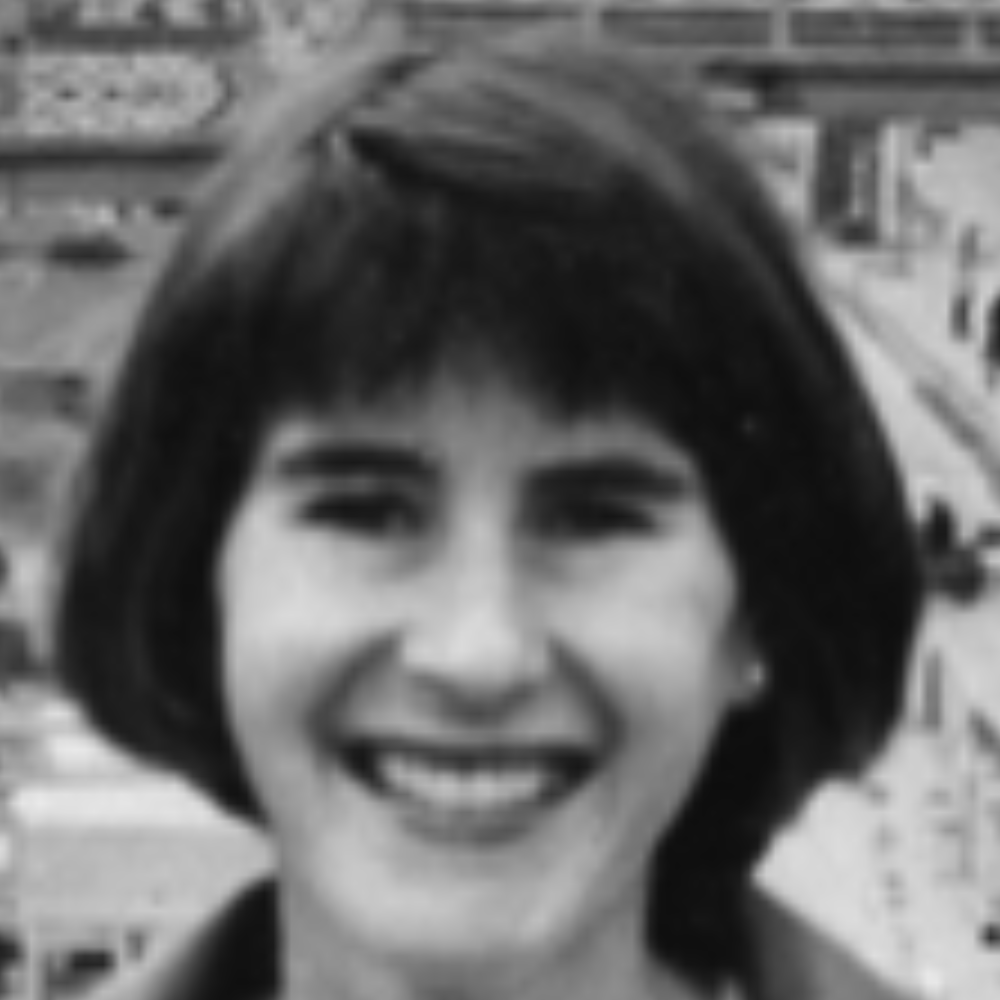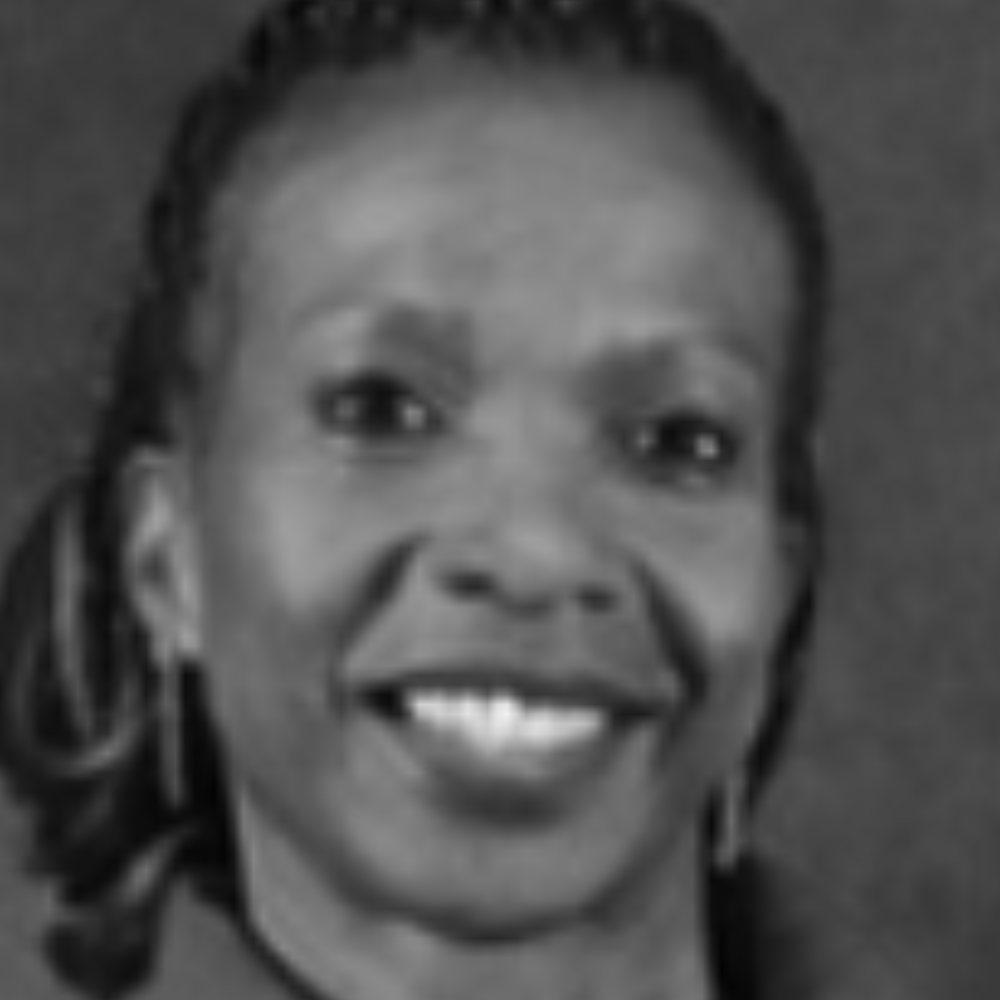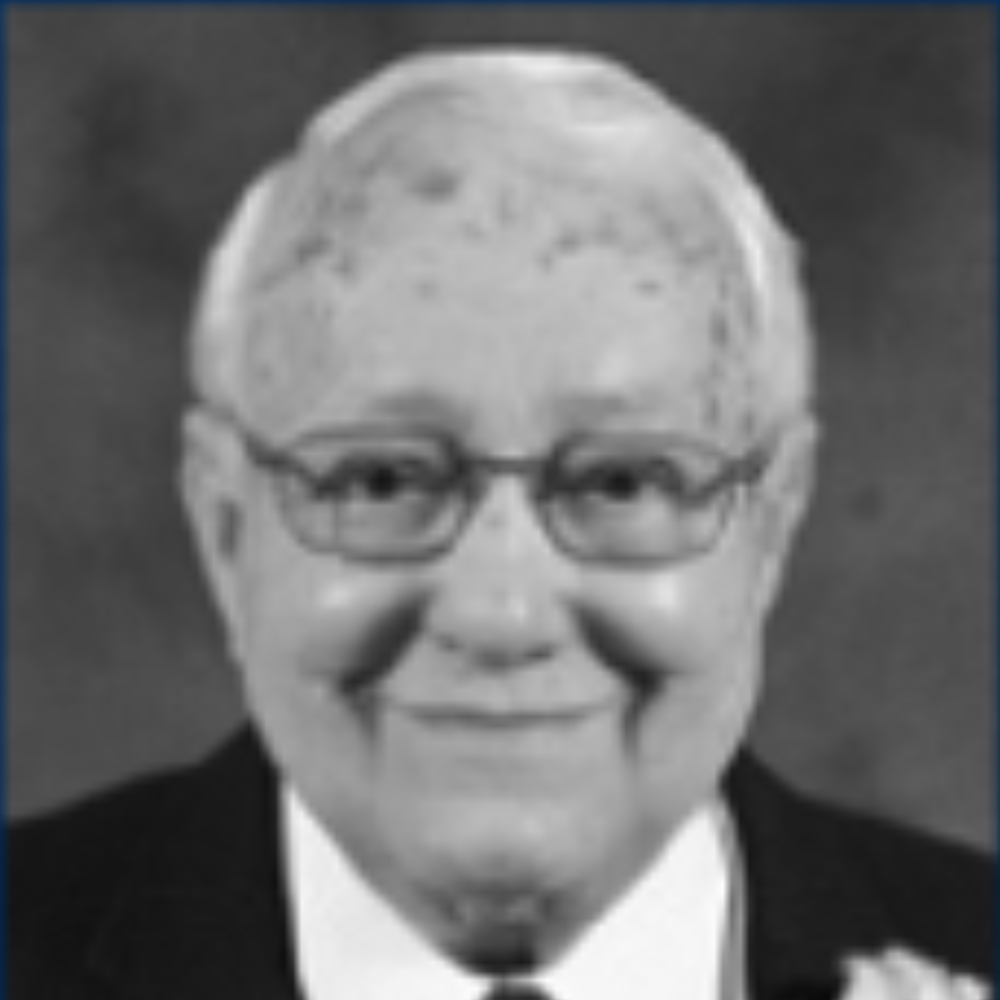Laura Konantz began to run at age 20, while at the University of Guelph. Since she wasn’t an especially athletic child, and only tried running because she was tired of fighting for space in the university’s crowded swimming pool, the consumer studies student didn’t think her first halting jogs around campus would lead to anything special.
How wrong she was. Konantz quickly discovered she had a natural talent for running.
At first, she was content with her short 20 minute jogs, until a friend encouraged her to extend them to 40 minutes, something the future marathoner thought quite impossible.
“I thought, I can’t do that, I’ll never be able to keep up,” she laughed. “I really just was doing it for fun.” But once she laced up the proper shoes and improved her technique, Konantz was off to the races—literally.
“Some people start running and it’s the worst thing they’ve ever done. They feel lots of aches and pains and wish it was all over,” she said. “I seemed to be able to improve quite quickly, to the point that it wasn’t too much of a struggle.”
After graduation, Konantz moved to Toronto and began training with the Longboat Roadrunners, which eased her transition to the big city and proved to be the catalyst for her stellar career. Though as recounted in the Winnipeg Free Press, her first foray with the club was less than auspicious: “She was so slow in her first Wednesday night 10–mile run that she lost sight of the pack and failed to find the finish point, ending up alone, lost and in tears.”
After building up speed and stamina, Konantz entered the 1986 Toronto Marathon, where to everyone’s surprise—including her own—the rookie runner was the top Canadian woman and second overall, finishing in 2 hours, 50 minutes.
“I was so elated you would have thought I had won the Olympics!” Konantz remembers. The globetrotting roadrunner has since competed in Europe, Japan, and many points in between, becoming what one admirer calls “one of Canada’s hardest-working, hardest-training and most successful female marathoners.” The busy athlete thrived on competition, from multiple wins at Hamilton’s Around the Bay 30K to representing Canada at the 1989 Francophone Games in Casablanca, Morocco, and the 1991 Pan American Games in Cuba.
Konantz says she loved the camaraderie of the running scene, though on race day she was an intense competitor who blocked out all distractions, to the point that she couldn’t remember anything of the scenery along the route. Her strategy was to start slow and pick up the pace toward the end, as her adrenalin kicked in and her competitors began to tire.
“People don’t realize what a mental as well as physical challenge a marathon can be. You really build up for so many months before the one race, especially when you’re at a high competitive level,” she said. She felt particularly strong during the 1990 Coors Light Half Marathon in Toronto, a “picture perfect day for running” when she finished second to American Olympic gold medalist Joan Benoit Samuelson. “I didn’t beat Joan—that wasn’t really the goal—but I was second to her, and ran a massive personal best. Everything clicked,” Konantz remembered.
At the 1990 Toronto Marathon, the confident Konantz ran one of the best races of her life. Her goal had always been to crack the two hour, 40 minute mark, and on a sunny fall day, she did just that, coming in second with her best ever time of 2:39:57.
That personal best came during a year of six marathons, an incredible feat that began in Houston in January and finished in Barbados, with stops in Columbus, Pittsburgh, Winnipeg and Toronto. The 31–year-old was at her prime, and the results confirmed it.
Expectations were high when Konantz toed the starting line at the Los Angeles Marathon in March 1991. Against a tough field, she somehow managed to match her Toronto Marathon time down to the second, digging deep to pass running icon Priscilla Welch and place ninth.
“For somebody who wasn’t much of an athlete growing up, I was quite proud of myself,” Konantz said. So was her coach, Paul Poce of the Toronto Olympic Club, though he did have one tiny complaint. “When I got back, my coach asked, ‘you couldn’t have run one second faster?’” Konantz said, laughing. Two months later, in the blistering Ottawa heat, she won the Canadian Marathon Championships and qualified for the Pan Am Games in Havana, though an injury prevented her from competing. Konantz’s past students at the High Park Running Room and current fitness class participants in the City of Brampton’s recreation department have heard little about their modest teacher’s running exploits. But she cannot hide from her many adoring fans in Barbados.
Her strong finish in Toronto led her to Bridgetown in 1986, where she won the women’s Barbados Marathon by an astonishing 30 minutes. “I didn’t realize I was so far ahead, and I was so nervous that I just kept going. And (Toronto Marathon organizer Allen Brookes) is beside me in one of those little mopeds going, ‘You can slow down—you don’t have to run quite so fast!’” she laughed. “The Queen of the Marathon” would defend her title for the next four years, setting a course record that still stands today and becoming somewhat of a local celebrity.
“I’ve always had a place in my heart for Barbados. I was recognized all along the route—‘there she is! The little girl from Canada!’” Konantz recalled. She was also recognized whenever she raced in her home province. The Winnipeg native won the Manitoba Marathon five times in front of family and friends, including her sisters Patty and Martha, her mother Mary—who would often drive alongside the course to watch Laura in action – and her father Bill, an avid sportsman who enjoyed seeing his daughter win her hometown race. Childhood friends marveled that someone who never ran in high school was now winning marathons.
While winning was “really gratifying,” Konantz felt a greater sense of accomplishment when setting a personal best. “I thrived on trying to improve myself, focusing on getting a little bit faster. I wanted to see what my potential was,” she said. Konantz ran her 55th and final marathon in Winnipeg in 2003. Today, the 52–year-old still runs regularly through High Park and by the lake, and competes in shorter races.
“I really just find it quite therapeutic. I can get into my zone, and I just feel better and have much more energy after I run,” she said. The accomplished athlete praises her coach, Paul Poce, for his guidance and support, and her massage therapist, Walter Schmanda, for keeping her race-ready for so many years. Her husband Dave, whom she met when he signed up for her running class, has been “incredibly supportive” of her career, she said.
Ironman triathlete Lynn O’Connor credits Konantz with encouraging her to pursue the sport. A respected teacher who has motivated hundreds of students, Konantz says she admires the recreational runners who strive to do their best even when the only stakes are bragging rights among friends. “I love it, because running is
a very accepting sport,” she said. “Anybody can enter a race, no matter if they’re at the back of the pack or the front, or anywhere in between.”
She hopes her story convinces others that it’s never too late to follow their passion. “Marathon training is like life—it’s going to have its ups and downs. But ultimately, if you focus on that long-term goal and have short-term goals leading up to it, you will be able to achieve it.”


